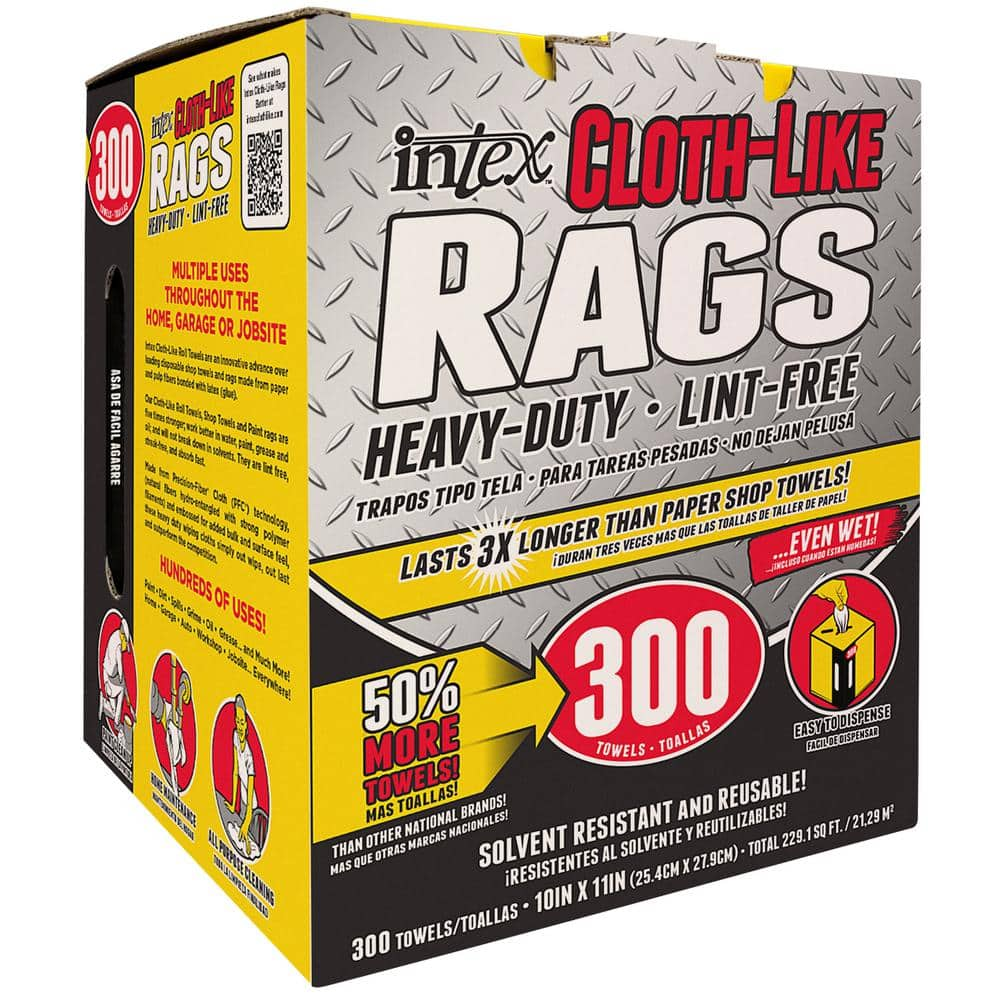Michael:Hi All,
Thanks to you, especially tima and Neil, my first US tank is working smoothly! Now, I am getting a second tank to separate the cleaning and rinsing. I have found this 10L Chinese made tank with 40 / 120 kHz due frequencies, and heating capability, at a reasonable price. As I understand the Degritter uses 120 kHz, and suppose to clean very nicely, I am thinking this tank should be good. However, before I place the order, I would like to double check with you guys whether you see any potential down side with this?
I plan to clean with this 40/120 kHz tank and rinse with the 40kHz tank.
Thanks in advance!
Michael
The lower the ultrasonic frequency, the larger the cavitation bubble that is created. A 40 kHz UCM will produce bubbles about 75 microns diameter. These are not going to get into the record groove. But the larger bubble can produce more energy when it collapses/implodes (cavitation) so there is fluid agitation around the collapsing event that can provide cleaning. A 120 kHz UCM will produce bubbles about 20 microns (and more of them) and these can get into the groove but being smaller the bubble cannot collapse as violently. How violently the bubble collapse is determined by the amount of power provided by the ultrasonic transducers, and the higher the frequency the more power that is required.
The Degritter is 120 kHz but is also 300W into only a 1.4-L tank. It's a powerful machine but its focus is really getting that final layer of really small particles. The lower frequency 35-40 kHz UCM are good for the record surface and the big stuff. So the Elmasonic P-series units with 35/80-kHz and 300-watts power are a good balance to get the big stuff with the 35-kHz and final clean with the 80-kHz and 300W+ can do the job which is what @tima and @dminches use.
What are the specs for the 40/120-kHz machine? If its a fairly large tank without a lot of power, do not kid yourself to think it clean at 120-kHz anywhere close to the Degritter.
Neil







